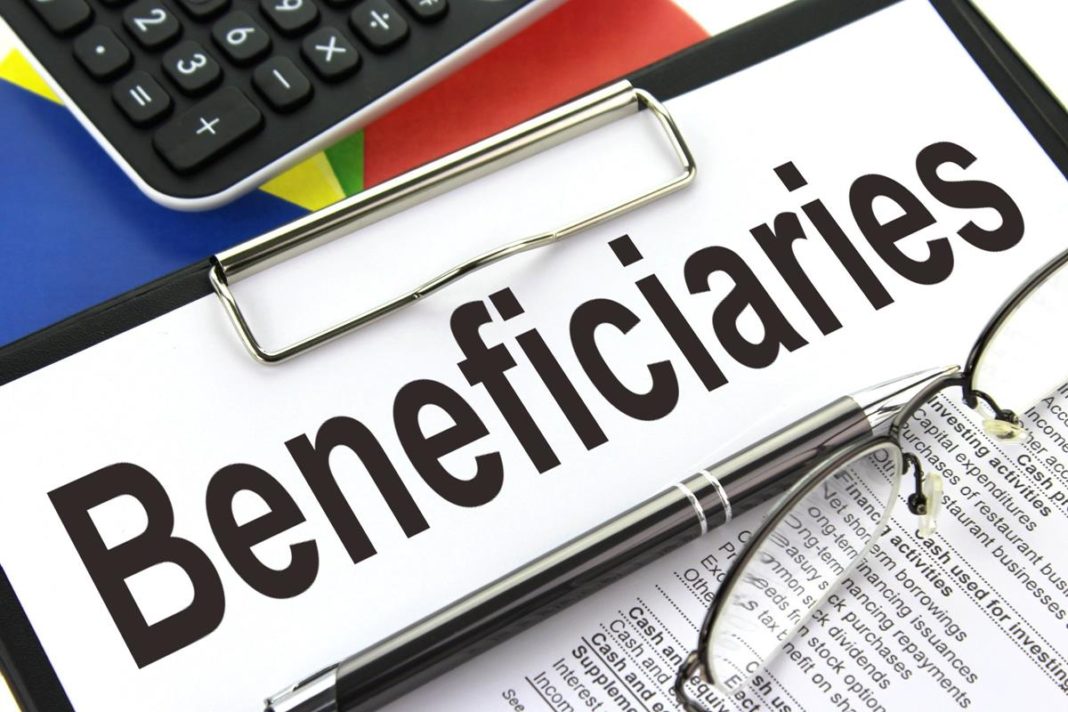We have discussed how important it is for you to name beneficiaries for specific investment accounts and how this is an integral part of your estate planning. But there is more to this than just writing down your spouse’s or children’s name on a form.
“Many people treat naming beneficiaries to their investments as an afterthought,” explains Richard Cayne of Meyer International in Bangkok Thailand. “But this somewhat simple procedure is a vital part of your estate plan.”
Be specific when naming beneficiaries
Stating “my children” or “my estate” or “my husband” is not enough. You may know what you have in mind, but the financial institution involved may require more details. Such generalities may risk sending your heirs through the probate process. Or worse, it may cause conflicts, especially if you have more than one child and/or more than one marriage.
Furthermore, most beneficiary facilities for investment accounts allow for contingent, second-tier beneficiaries. Don’t forget to name those. This allows for flexibility among your heirs. For example, your spouse may want your children to receive the benefits directly – naming your children as contingency beneficiaries allows your spouse to instruct the institution to pay out to them with minimal fuss.
When you may need to consider a trust
Even when you think you are being judicious, you should consider the consequences of your actions. Naming one child a beneficiary to one account and another to the other may seem like a fair division, but they may not see it that way. Also, regarding minor children or dependent adults, you may not want them to receive the funds directly. Establishing a trust to handle these affairs for them may be a better path. Also, some institutions allow you to provide distribution instructions, so that you may not need a trust.
Do you know the tax consequences?
Often, investment accounts, unless instructed otherwise, will pay out in full to beneficiaries. This may create unnecessary and possibly arduous tax burdens on your heirs. A bequeathal that you wanted to be a benefit may end up creating problems. Again, a trust may be required to help smooth the process along.
Regularly review and update your estate plan
Now that you’ve named beneficiaries to all your investment accounts, considering distributions and tax implications, plan on reviewing it again. If you don’t do this regularly, then at least do it after major life events, including job changes, births, and deaths in the family. You may find that you’ll need to adjust your estate plan in some way after such changes in your home or work situations.
Get professional advice with your estate planning
This may seem like a lot to consider. Especially since it’s about something you really don’t want to think about, your death. Nevertheless, if you have a family you care for, you want to make sure that they benefit from the assets you’ve spent your lifetime developing. To help ease this burden, consult with a trusted expert like Richard Cayne, who can help you review your estate plan and help you decide the best route to take.















